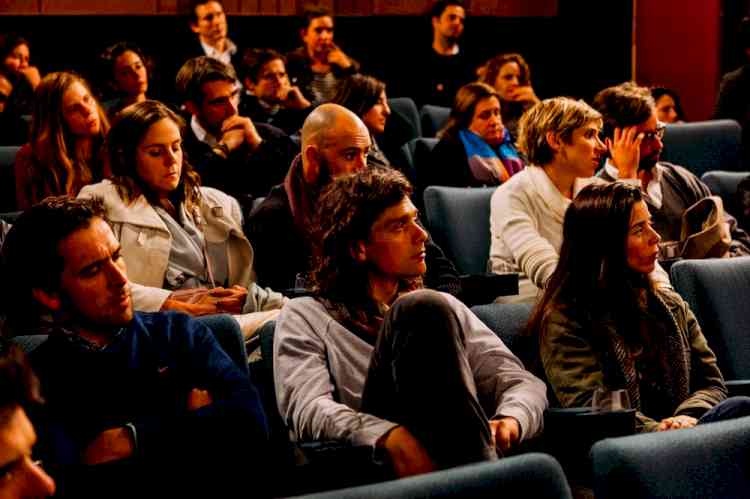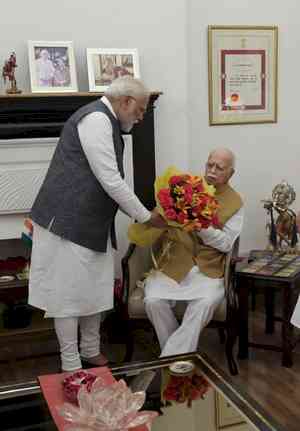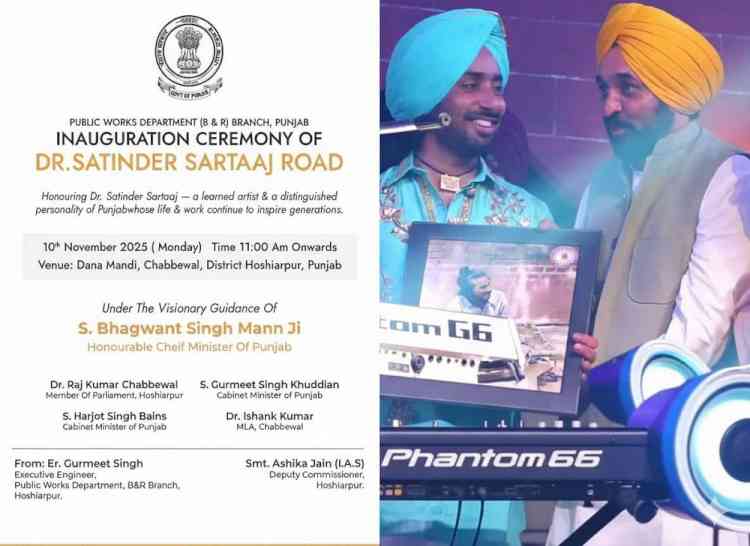Strategies for Engaging Your Audience During a Presentation

Delivering a successful presentation doesn't merely hinge on the information you're conveying, but also on how you engage your audience. From maintaining eye contact and demonstrating energy to stimulating interaction, there are numerous strategies to ensure your message hits home. In this article, we'll explore eight robust tactics to captivate your audience and create an unforgettable stage experience.
Importance of Eye Contact
 One of the most fundamental forms of human interaction is eye contact. It establishes a profound, non-verbal connection that encompasses trust, transparency, and mutual understanding. In public speaking, eye contact helps you connect with your audience on a personal level, making your words more impactful.
One of the most fundamental forms of human interaction is eye contact. It establishes a profound, non-verbal connection that encompasses trust, transparency, and mutual understanding. In public speaking, eye contact helps you connect with your audience on a personal level, making your words more impactful.
As a speaker, your eyes are the most prolific tool in your kit for audience engagement. By making regular, disciplined eye contact with various members of your audience, you are communicating your relatability, accessibility, and confidence. Such visual interaction encourages the audience to remain focused on your presentation and respect the information you present.
Every public speaker needs to strive to make as much eye contact as possible. However, doing so requires practice and finesse. Avoid scanning the room randomly or focusing on just a few individuals. Instead, try to distribute your gaze equally, and connect with every member of your audience strategically.
Power of Body Language
While words convey the narrative, body language plays a significant role in communicating your emotions, commitment, and enthusiasm. A slumping posture, lack of gestures, or unsteady movements can project nervousness or lack of preparation—creating a disconnect with the audience.
Well-executed body language, on the other hand, can emphasize your points, generate enthusiasm, and project confidence. Physical expressiveness, like using hand gestures and moving around the stage, can make you a vibrant and engaging speaker. These behaviors will signal your passion for the topic and make your presentation more enjoyable for your audience.
Remember to maintain an open posture, use your hands to accentuate key points, and move purposefully on stage. Your body language should reinforce your words, not conflict with them. After all, actions can indeed speak louder than words.
Interactive Presentations
Presentations should not be a one-way street. The more you can involve your audience, the more engaged they're likely to be. Interactive presentations create an active learning environment, spark audience interest, and boost information retention.
The key to achieving audience interaction is facilitating activities that are relevant to your presentation's objective. This could be a brief Q&A session, live polling, brainstorming sessions, or even a quick quiz. These activities should serve to enhance audience understanding while keeping them engaged.
One of the resources you could use for crafting such interactive presentations is provided by best presentation specialist companies. Their professional touch can help turn your presentation into an engaging, audience-centric conversation.
Storytelling: The Key to Engagement
 Why do we love stories so much? The answer lies in their unique ability to stimulate our emotions, evoke empathy, and help us relate on different levels. In the realm of public speaking, storytelling is a powerful tool for audience engagement. Imagine the excitement in the room when you seamlessly weave a personal anecdote into your presentation, illustrating your point and capturing the essence of your message. It instantly sparks interest and helps to maintain a lively atmosphere, preventing your audience from drifting off or simply going through the motions.
Why do we love stories so much? The answer lies in their unique ability to stimulate our emotions, evoke empathy, and help us relate on different levels. In the realm of public speaking, storytelling is a powerful tool for audience engagement. Imagine the excitement in the room when you seamlessly weave a personal anecdote into your presentation, illustrating your point and capturing the essence of your message. It instantly sparks interest and helps to maintain a lively atmosphere, preventing your audience from drifting off or simply going through the motions.
Furthermore, these stories serve as powerful memory anchors, making it easier for your listeners to remember key information long after your presentation is over. So, embrace the excitement and power of storytelling, and witness the amazing impact it can have on your presentations! Anecdotes that relate to your presentation topic can create a strong emotional connection with your audience. These personal experiences invoke empathy and help your audience understand your point of view. Moreover, stories also help humanize you, making your content more relatable and memorable.
Short, pertinent stories serve as breaks from the factual data and complex ideas in your presentation. By weaving stories into your presentation, you can deliver important information in a way that is both entertaining and impactful.
Use of Visual Aids
Visual aids are an effective tool to clarify and reinforce your spoken message. With the help of diagrams, charts, images, or videos, you can explain complex ideas in a comprehensible manner. Additionally, visual aids add a dynamic element to your presentation, increasing audience interest and engagement.
However, the use of visual aids needs to be strategic and appropriate. Overusing these aids or relying heavily on them can overshadow your presentation. Conversely, underutilizing them misses the opportunity to maximize their potential in making abstract concepts concrete and understandable.
Visual aids are there to support your message, not substitute it. They should complement your spoken words and guide your audience through your presentation's narrative. So, be sure to choose the right type of aid, use you to use it effectively, and keep it relevant to your presentation’s content.
Emphasizing Key Points
The human brain is designed to remember information that stands out. As such, emphasizing key points during your presentation can significantly improve your audience's understanding and recall. This can be done through repetition, using a different tone or pitch, or even a strategic pause.
Emphasizing important points will not only help your audience recognize what information is most significant but also boost their overall content retention. To effectively emphasize your points, you should vary your speech rhythm and voice inflection—making your key points stand out from the rest of your presentation.
Remember, the goal is to draw the audience's attention to the most important conclusions. So, consider what strategies will work best for your content and audience, and use them to make your presentation more impactful. You can ask a presentation specialist at Stinson Design to figure out how to best engage your audience. Presentation specialists are experts at helping you highlight the best information. The team at Stinson can assist you with everything from storyboarding and creation to presentation training! Don't hesitate to reach out to a professional in order to best convey your message to your desired audience.
Understanding Audience Demographics
 An often-overlooked aspect of a successful presentation is understanding who constitutes your audience. Their age, profession, background, and familiarity with the topic can all affect how they receive and process the information you present.
An often-overlooked aspect of a successful presentation is understanding who constitutes your audience. Their age, profession, background, and familiarity with the topic can all affect how they receive and process the information you present.
For instance, a technical and jargon-heavy presentation may suit an audience of industry professionals but could leave a lay audience perplexed. By tailoring your speech to the listener's familiarity with the subject, you can ensure your message is both comprehendible and relevant. Think about their expertise and how much knowledge of the subject matter they may have. Then, customize your content to this accordingly.
Understanding your audience also involves adapting to their responses. Pay attention to their reactions, feedback, and engagement levels during your presentation. This understanding will guide you in pacing your content and determining what information needs further elucidation. Remember that the tone in which you speak affects a lot of how your audience will receive your message.
Altogether, engaging your audience during a presentation requires a blend of eye contact, well-managed body language, interactive elements, storytelling, visual aid usage, emphasis on key points, and an understanding of the audience's characteristics. Each strategy contributes to a dynamic, memorable presentation that captivates and impacts your audience.


 City Air News
City Air News 









